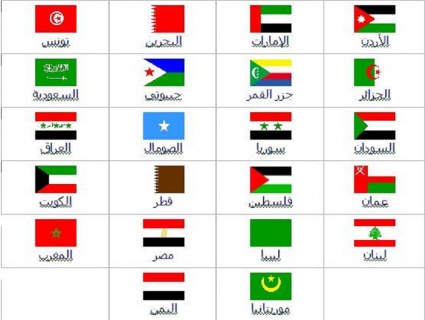March 16, 2011
Springtide in the Arab world

Unplanned uprisings, like other forms of what sociologists call collective behavior, do not just happen. They happen when the social conditions are ripe for them. The sociologist Neil Smelser proposed a value-added theory of collective behavior which we can apply to the crises shaking the Arab world.
He took the concept of value-added from economics, where it refers to the increase in value of a product as it goes through various stages of production. In his schema, there is a building block of conditions that need to be present for collective behavior to occur. We can outline these as they apply to the current situation.
First, there must be structural conduciveness.
In the past, a key element was that people involved were in some way in close physical proximity. Now, with the internet and social media, physical proximity is still important but not so important as in the past.
Even while in the Arab world there are relatively few with direct access to the new media, they tend to be gathered together in places like universities and they are potential bearers of the message to those around them.
Another factor in cohesiveness is the element of a common language, even if there are differences of dialect.
Next, there needs to be a structural strain.
The Arab countries were mainly autocratic, all marked by severe inequality and lack of freedom. The recession intensified the deprivation felt because of the gross economic inequality, and the rising food prices have made the matter worse.
Then there is the matter of unemployment, especially of young men, including educated young men.
Those in power have failed to address these problems, and when they have begun to do so it has perhaps been too late. The Saudis and Jordanians have attempted to act preemptively to head off problems by making concessions, but it remains to be seen if they have acted quickly enough and extensively enough to stem the area-wide tide.
Adding to these factors, the hostility to autocratic and sometimes despotic power existing in most of these countries and the resentment against the inequality, lack of opportunity, poverty, and repression and mistreatment characteristic of these countries are elements of widespread belief.
All of these factors must then be triggered by some spark that sets things alight. In this case, it was an actual spark.
The impoverished Tunisian young man running a market stall, Mohamed Buazizi, had his stall seized by the authorities. His plea for its return was spurned, and so he committed suicide by setting himself on fire. The flame has spread throughout the Arab world. In fact, there have even been more or less muted echoes from afar, and even China.
How, then, are people to communicate and mobilize? Here, we come to the mass media where information is available, but more especially to the holders of access to computers and social media. Students communicate among themselves and to family and contacts beyond their schools.
Finally, there is the issue of social control. In Egypt and Tunisia, the army failed to stand with the government. In Libya, where the military has split supporters of the régime and participants in the uprising, the outcome at this writing is more uncertain. Similar uncertainty exists in some other Arab countries.
Historically, the results in the Arab world remind us of the events in 1848, a year that has been termed the springtide of nations.
As with the current situation in the Arab world, the scene in 1848 in Europe was one of recession, unemployed young men, injustice, and repression.
One trigger was a no-smoking campaign in northern Italy to hit back at their Austrian rulers who had imposed a tobacco tax. The resentments spread throughout Europe, leading to uprisings in France, Germany, Italy, and Eastern and Central Europe generally.
The Central and Eastern European uprisings were characterized by demands for recognition and power over their own affairs by nationalities without independence: Hungarians, Serbs, Slovaks, Czechs, and so on.
The lesson from 1848 is that things did not turn out all that well, at least in the short to medium term.
In France, Louis Philippe, the citizen king, was unseated, only to be replaced soon after by Emperor Napoléon III. Hungary’s struggle for independence was undermined by their leaders’ efforts to suppress the other national minorities in their country–Slovaks, Croatians, and others. All over Europe, conflict divided liberal reformers from those more radical.
In Egypt the army has in the past played a somewhat progressive role, ousting the monarchy and British domination. However, the army is again in control and the question is to what extent it will meet the demands for more and more reform.
Yemen has already seen the beginning of the European kind of divide between the liberals and the more radical. The opposition parties have proposed certain changes which, when made public, were denounced as not going far enough to suit the students.
While the nationality conflicts, which tore some of the European revolutions apart, are largely absent in the Arab world (with the exception of Arab-Kurdish-Turkmen conflict mainly in Iraq), differences between Sunni and Shi’ite believers are showing signs of substituting for the nationality conflicts of 1848.
1848 was not the be-all and end-all in the struggle for a better world. 2011 may not give us the brave new Arab world either, but it may well be a stage in developments which will eventually create a better future for the region. The Second Empire of Louis Napoléon did not last very long.








